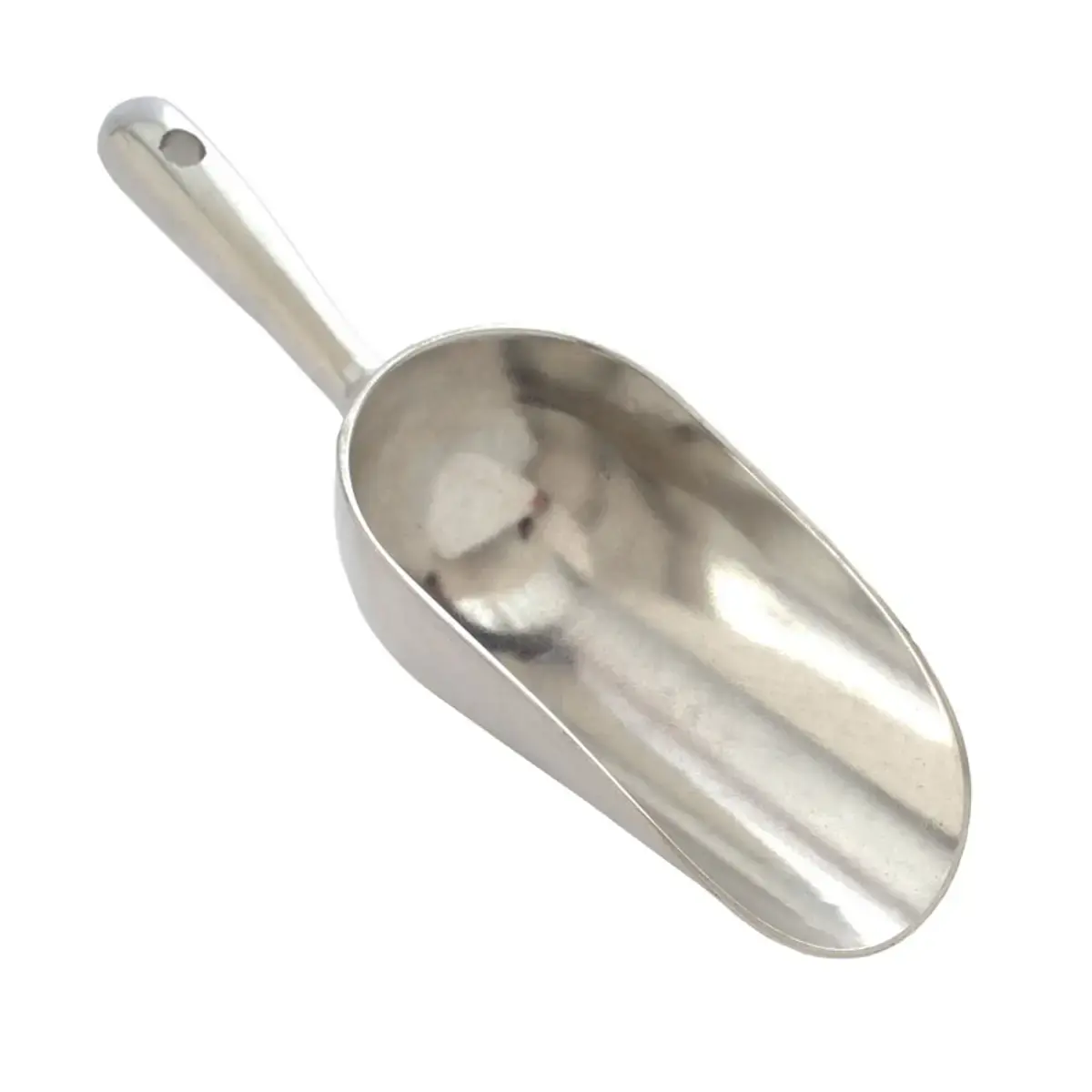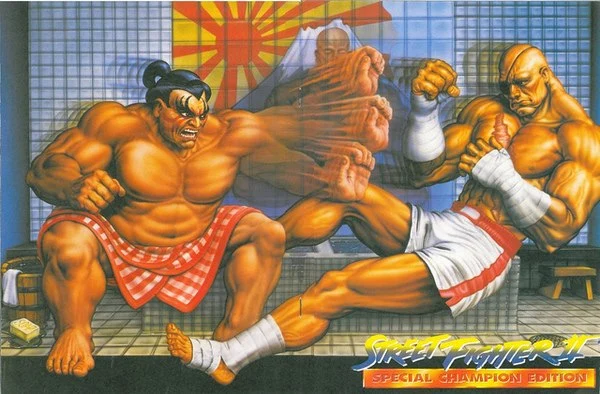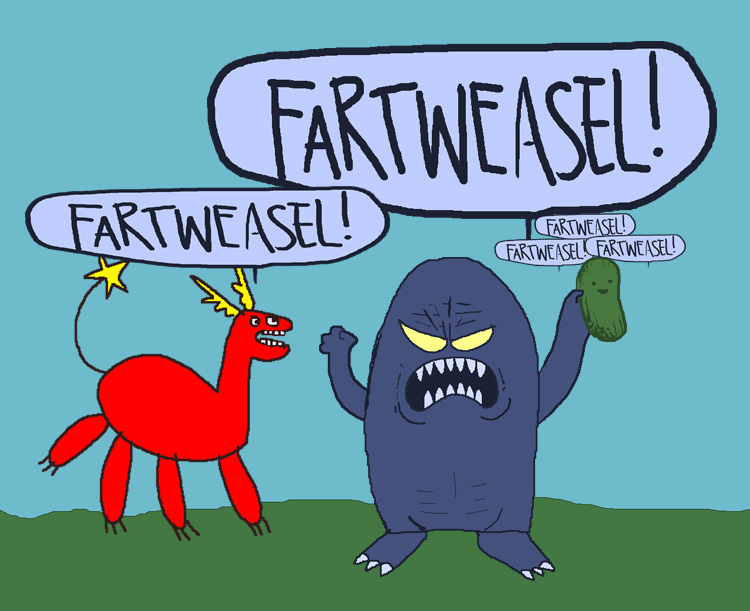Based.
I know everyone uses this word now, but I’ll never think of anything except Nazis circa 2016.
:(
I’m sorry for triggering that association. A lot of internet culture has been co-opted by those jerks. I didn’t mean it that way.
They took the pepe frogs for a while too, but I’ve been seeing them come back. Nature is healing.
Fuckkkk thatttt, pepe is still alive and well on twitch, and racists are not tolerated (at least in any of the channels I frequent). They can pry that frog from my cold, dead hands.
Based.
But seriously the guy who drew that frog was just a cartoonist and he was appalled that it became a hate symbol. I hope he sees it redeemed.
Didn’t he kill that character off for that very reason?
I’m glad people are reclaiming him finally. He was never a racist symbol.
Yeah. I’m old and have been on the internet since well before the creation of both Pepe and based. That’s why I still use this term. I think we should try to reclaim these things - if we let them change our behavior, we lose.
No one can take the pepe frogs from us
Nah, I’m glad to know you didn’t know. I’m also glad I’m not alone.
…2016 will not be soon forgotten
I’ve tried to get my thinking to update, but I too just think Nazi when I see it.
If it helps, Try thinking of a Pyramid Base, its a nice strong sturdy, time tested and true foundation. Pyramid Based.
If it doesn’t, fuck nazi’s and im sorry they ruined something for you, they are really good at ruining things.
I’ve slowly realized that many people on the internet use it casually, but like you, I always assumed they were alt-right (new main right) or libertarian at a minimum for a long time.
Dude, this is off-topic, but how the fuck did you get a blue name? Is it just emojis, or can you actually use color codes for that?
On your instance account settings you can change your display name. I used a fancy text generator on Google.
Thanks. This was a terrible (and wonderful) power to give users.
It’s emojis
It’s been an internet thing for long before 2016 (at least mid 00s in my memory), so I don’t associate it with them.
It was taken away from the alt-right, this is a good thing.
Sorry, but that’s on you. The word shouldn’t be associated with them in your head because then that would give them a W.
Leftists everywhere use that word as well.
Based on what…?
If only smart glass is as popular as mobile phones. When Google introduced their smart glass, I dreamt of a day when a price history overlay is displayed when looking at a barcode, like how Keepa is doing for Amazon.
I also like German price display which has effective price, as in Eur per liter for drinks, making it dead simple to compare products. A smart glass will make it available everywhere.
Back to Carrefour, I really like that they are pushing pro consumer actions. However, we all know too well that they won’t do the same when it’s their products which are shrinking. Still better than no action though.
Afaik the base price display is requiered by EU law, atleast Czechia got them too on my last vacation.
it’s so good too, you can cut through all the bullshit and simply check if per kg/liter It’s cheaper or not.
even though for a lot of stuff it’s simple math. 100g you just 10x, 250 you 4 x the price, 200g you 5x.
but there are lots of stuff that’s packaged in weird amounts. 230g yogurt, 180g tofu.
you don’t want to break out the calculator for shopping.
Your comment made me realized that displaying the price per kg is not a standard everywhere.
This is the only price I’m looking at when doing groceries.
Same for me, I got so used to it.
The only annoyance is when (mostly brand) stuff is purposefully displayed in a different unit (e.g. washing powder in washing loads instead of kg). But imho that kind of obfuscation speaks for itself…
Works for basic ingredients, but for even basic “preprocessed” items (mixed nuts, pizza, sauces…) they can just change the recipe, put more of the cheap and less of the good stuff. The cheapest product per weight often has a worse quality. Sunflower oil instead of more healthy alternatives etc…
i mean you can buy whatever ypu want that’s not really relevant to the price/kg(/l)
there are plenty of products that are identical but have very different pricing
Price per litre / kg etc is in Australia too
It is but it does nothing to curb shrinkflation in my experience.
I’m trying to think of a way to mandate this kind of notification but I can’t think of a way to do it that could be both clear and mandated. Perhaps if the price per changes there needs to be a history listed on the label.
One big problem with it is that in the short-term it discourages sales, so groceries aren’t incentivised to do it except as a stunt like this, so they won’t want the notices to be prominent. Ultimately they still want you to buy the stuff because then they make money.
I think a price most recently changed date next to price per unit would be great.
Yeah I mean a price per unit history over the past X period, at least a year if I had my way, so if it changes a lot you end up with a clear list. That’s actually not bad. Over time people would learn to read it and be educated about it and there might be more public pressure against it.
USA has unit prices as well. Can’t imagine shopping without that.
Wait a decade and AR might be popping off
Google said that a decade ago…and it was said the decade before that…
I don’t really know what google has said, I wasn’t really referring to them, but AR is plenty used in industry already.
There’s just some way to go left for consumer use, but we are getting there. 5G networks are also supposed to help our with the possibility, due to their increased capabilities.
Consumer grade AR is being worked on, and it is expected to become a big thing eventually.
I was referencing Google Glass, which was Google’s attempt to make a consumer grade AR, a decade ago. They also said that they would have Glass commercially rolled out within the decade. It failed, not for any technical reason, but because it looks stupid and it makes everyone around the person using AR feel awkward. It was universally ridiculed online, has no use case and it has no consumer market. As you said, it only has uses in industrial applications, because factory workers don’t have to care about fashion or aesthetics in general in their work place. But people are already uncomfortable with everyone having a camera and microphone in their pockets at all times. Now imagine that every single second of your day was potentially recorded, sent back to Google, analyzed, used to train an AI, minified to tailor ads to manipulate your behavior, which would be easy because you have a screen glued to your eye 24/7 already; and also potentially having it all shared with authorities without your consent, along with the faces and data of every single acquaintance and stranger you interacted with without their consent…yeah, that doesn’t sound like another step in the privacy dystopia we live in already.
But Apple is making the Vision Pro now, I’m sure a couple million of gullible consumers will shell out money for that. And maybe the AR era will finally come to us.
Those are all technical reasons though. Aesthetics are limited by the technology. And the glasses calling home more than it should is also a technical and regulatory reason.
It can absolutely be done while sidestepping all the concerns. Or better yet, have glasses running FOSS software.
But sure, those concerns are reasonable, but they are not fundamental to the technology itself, but to our societal reality. That stuff won’t get fixed by avoiding technology, only by societal change. And you can be sure that all kinds of stuff will be pushed into people if that societal change doesn’t happen, no matter whether it’s AR or not. (Just look at the recent trend of enshittification of everything).
Pick a lane, is it “limited by the technology” or are concerns and limitations “not fundamental to the technology”. Both statements cannot be true at the same time.
AR, just like VR, have problems for which the technological solutions are either not physically possible in reality as we understand it, or the practical solutions completely nullify any cool factor the technology has to offer, or the price to overcome them is so high that they would never be financially feasible to become a commercial product. Like other futuristic fantasies like flying cars, and holographic interfaces, they sound cool in paper, are shit in reality.
I was referring to the concerns about privacy. In addition, when I say “to the technology itself” I am referring to AR in its ideal form.
…also XR technologies are absolutely technically feasible. They’re not even that extravagant these days. The fundamentals are in place, and used.
I’d love to see this naming and shaming becoming a standard. I want to know if the product I’m buying has changed and while I try to do this myself, it can be tricky to keep track of all the products I buy and it’s not like I’m scanning the exact weight every time and memorizing it, just that it’s generally the same weight. These scumbag companies are always trying to sneak by all these changes over time, it’s great to finally get a spotlight shining on it. If some sort of legislation can be made to force companies to note changes in products made in the last 6 months on the label, that would be great.
Exactly my thought for a long time. A law which mandates companies to…I don’t know…put on a label, occupying at least 1/3 of the whole packaging with giant red/white font to say at least for 3-6 months: “The net weight/contenct was reduced by 15%.”
A simple QR code should do the trick. People can even make apps for tracking the changes.
Man, the French really don’t fuck around, do they?
Though the article says that Carrefour themselves do it for their house brands, so does that mean they’ll also apply it to themselves? XD
Uhhh, no. They are gonna shame others, but not themselves. Capitalism my dude.
Tbf, their stated purpose is to bring attention to the price discrepancy on diminished products. I would assume they believe their pricing is fair in that respect.
Yeah, no… Carrefour conglomerate is peak capitalism, so I can only assume this action is a way to push people to their own brand stuff.
Carrefour are fucking thieves and their own low-price brands are also shrinkflationated carcinogenic crap.
They don’t really have anything to teach.
After seeing so, so many french brands and retailers remain in Russia after that country invaded Ukraine (the rest of it, as they occupied Crimea already), I just started assuming all large french companies are complete total shits and have been boycotting them since then.
Were I live there a lot of large french retailers, so this actually has made a significant difference in my purchasing habits.
I don’t think any company gets “really big” playing by the rules.
Can you name a single large company that is not complete total shit ? Because I can’t
Valve?
Eh, they’re better than most, but they’re not all that great either. People Make Game made a very interesting video on them: https://www.youtube.com/watch?v=s9aCwCKgkLo
Where’s half-life 3
Checkmate atheists
Rekt
It helps that Valve hasn’t gone public
Where’s Half Life 3?
Removed by mod
Lemmy trolls already? Man it’s been so quiet and nice here
It appears to be in some mystic arcane language but I have been able to translate it:
This product has seen its liters
REDUCED
and the price charged by our supplier
INCREASE
WE COMMIT TO RENEGOTIATING THIS RATE
don’t forget the price in retail include the destruction cost. they are winning on both side.
I know only one case where this shrinkflation thing was stopped - one beer company decided to sell 0.4l cans, because “that’s what the customers want”. It turned out pretty fast that wasn’t what their customers wanted :)
This is the best summary I could come up with:
The French supermarket chain Carrefour has put labels on its shelves this week warning shoppers of “shrinkflation”, the phenomenon where manufacturers reduce pack sizes rather than increase prices.
It has slapped price warnings on products from Lindt chocolates to Lipton iced tea to pressure top consumer goods suppliers Nestlé, PepsiCo and Unilever to tackle the issue in advance of much-anticipated contract talks.
Since Monday, Carrefour has been putting stickers on products that have shrunk in size but cost more even after raw materials prices have eased, to rally consumer support as retailers prepare to face the world’s biggest brands in negotiations due to start soon and end by 15 October.
“Obviously, the aim in stigmatising these products is to be able to tell manufacturers to rethink their pricing policy,” Stefen Bompais, the director of client communications at Carrefour, said in an interview.
The Carrefour chief executive, Alexandre Bompard, who also heads the retail industry lobby group FDC, has repeatedly said consumer goods companies are not cooperating in efforts to cut the price of thousands of staples despite a fall in the cost of raw materials.
In this he is backed by the French finance minister, Bruno Le Maire, who in June summoned 75 big retailers and consumer groups to his ministry urging them to cut prices.
The original article contains 494 words, the summary contains 216 words. Saved 56%. I’m a bot and I’m open source!
Good for them. I made tacos for the first time in ages a couple of days ago, and I could not believe the size of the shells now. I would have called them child-sized, they were so small. It’s disgusting.
Sounds like you just bought normal sized tortillas, like they use in Mexico. “Child-sized”? Lol.
Hard taco shells are an American Tex-Mex dish – they’re distinct from tortillas or tostadas
Do they use hard shells in Mexico?
Yes but for tostadas not hard shell tacos.
Motherfucker, have you never had a big ass burrito? The real Mexicans make their own tortillas, and if they feel like it, they’ll make one big enough to be used as a bedroll.
Bedrollitos are the best
Geat idea! There’s no reason this couldn’t be done everywhere by citizens with access to sticker printing services… I’ve spotted a few products myself in the past year and wouldn’t be against sticking some labels on them to warn my fellow shoppers :)
Reduflation
To be fair, most likely of these ‘foods’ look like complete junk. Over-processed shit. Huge mark-ups on what amounts to packaging and cheap fat/sugar/industrial flavours.
Baby formula was listed. The shrinkflation has affected more than just junk food.
Yeah I understand but the highlight items seem to be mostly crap.
And? What’s your point?
If people stopped eating shit over-processed foods they would probably save money and definitely be healthier
Or they’d spend more money and be less healthy. A food being “over-processed” doesn’t mean jack shit on its own nor does it mean it’s more expensive.
Lurpak shrank all their butter by 20%. In looks it’s barely noticeable. In reality it’s a 25% price hike.
deleted by creator
Shrinkflation is largely a myth. Items do not shrink relative to inflation, in fact the majority of claimed products are larger now than they were 50 years ago.
People often cite certain chocolate bar sizes with comparing the size today to that from the 90s. It’s not a fair comparison and not an example of shrinkflation. Mars bars have dropped 20% in size since the 90s but still are 4% larger today then when they originally came out.
Neither are small boxes of cereal. When I worked at Wal-Mart 9 years ago those same thin boxes gave me grief when putting them out on the shelves.
i see milk tasting almost like water like skimmed milk, as well as some juices i used to be able to buy, fillings in sweets like crackers and wafers being almost as thin as paper or outright stopping being sold and replaced by cookies using drops for a filling, yogurt being replaced by “milk drink” (yogurt is thicker and slower to flow down, i can tell the difference, but the label also changes, idk the english term for “bebida láctea”), a lot of sweets and bags reducing from 800g down to 600g, down to 400g while keeping the same price, packaging turning opaque and non-transparent, potato chips and other salt foods being filled 1/5th, down from 1/3rd, even instant noodles going from 150g down to 80g in the past decade.
only things that aren’t changed as much is what i know to be the very basic things that people in here uses and cooks every day, that being rice (5kg), beans (5 and 1kg), pasta (500g all variants), sugar and salt (1kg), etc.
mostly depends on the country you are in (i’m in Brazil), but the point is that it doesn’t stop at the chocolate bars.Milk is generally a regulated good and cannot be watered down like that. The same is true with all dairy. It’s sad that you live in a country that does not offer such food protection.
Chips have always been filled like that. The nitrogen in the bag keeps the food fresh and acts as a way to keep them from damage via transport. Lays had reduced thier weight though, which ended up being 5 less chips per bag. The bags are still almost twice the size they were than 35 years ago.
In Canada the most popular brand of Ramen is Mr. Noodles. It’s been 85g for the last 20 years, maybe more.




















